👽️🐖️🦂⚰️
![]()
![]()
![]()
![]()
![]()
![]()
![]()
![]()
![]()
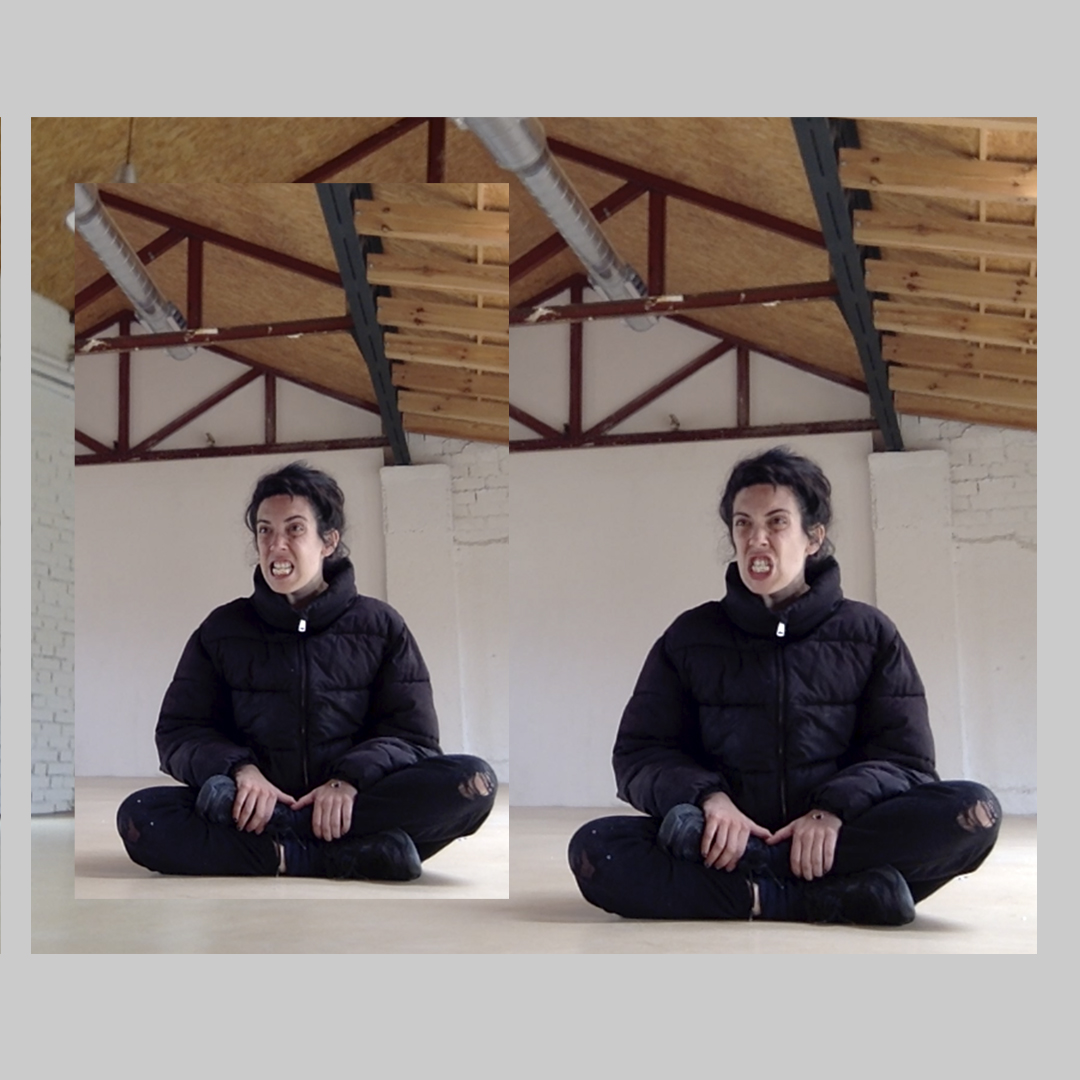
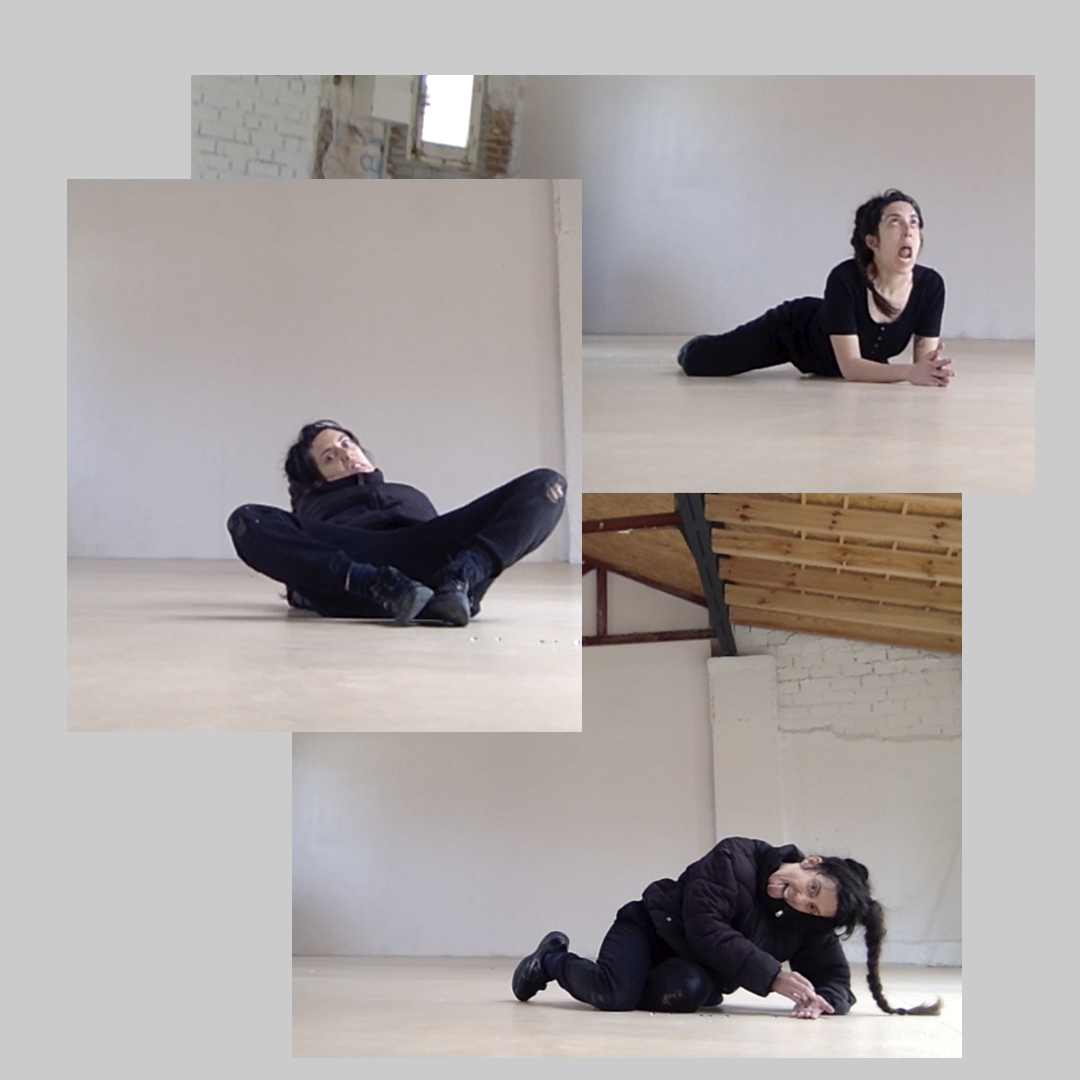
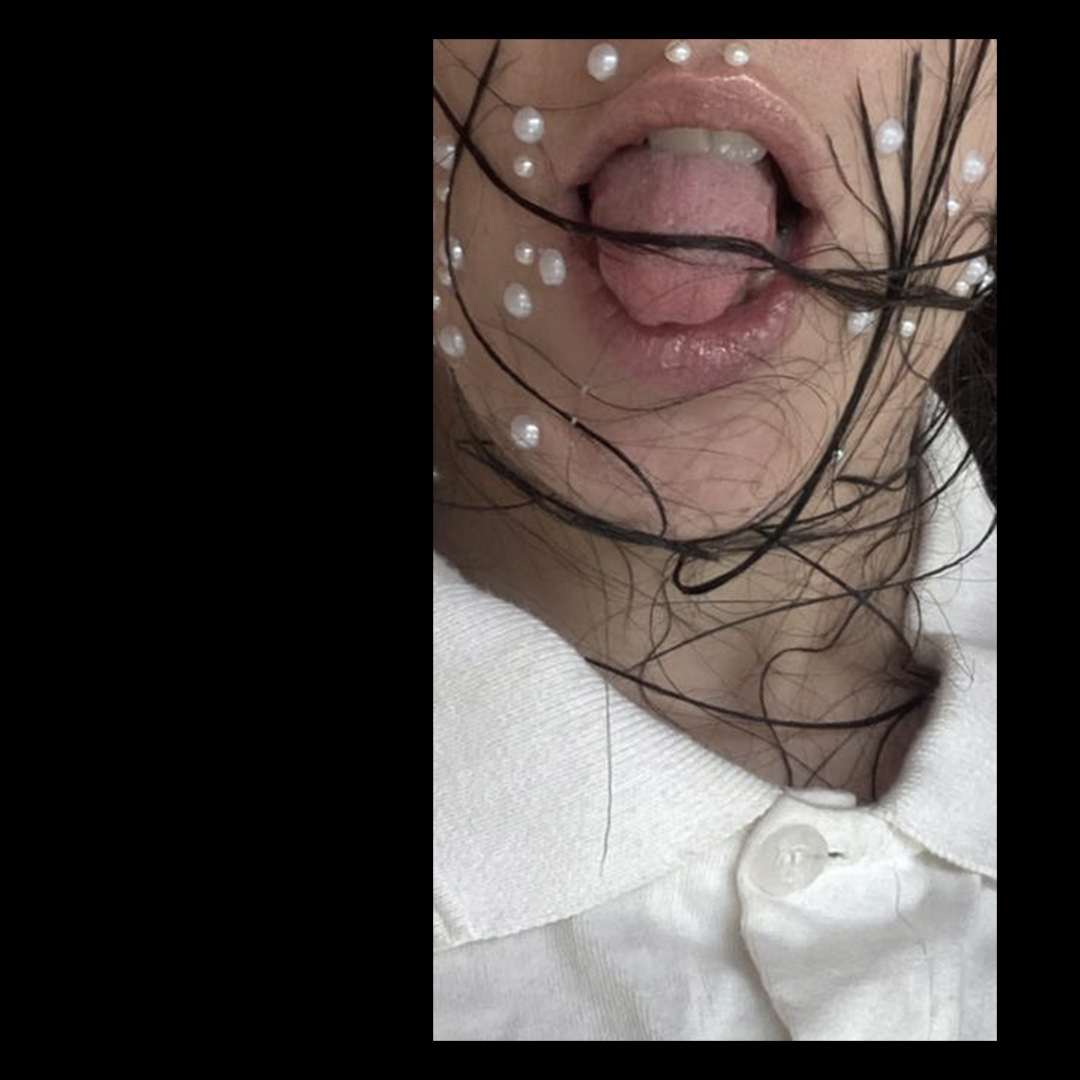
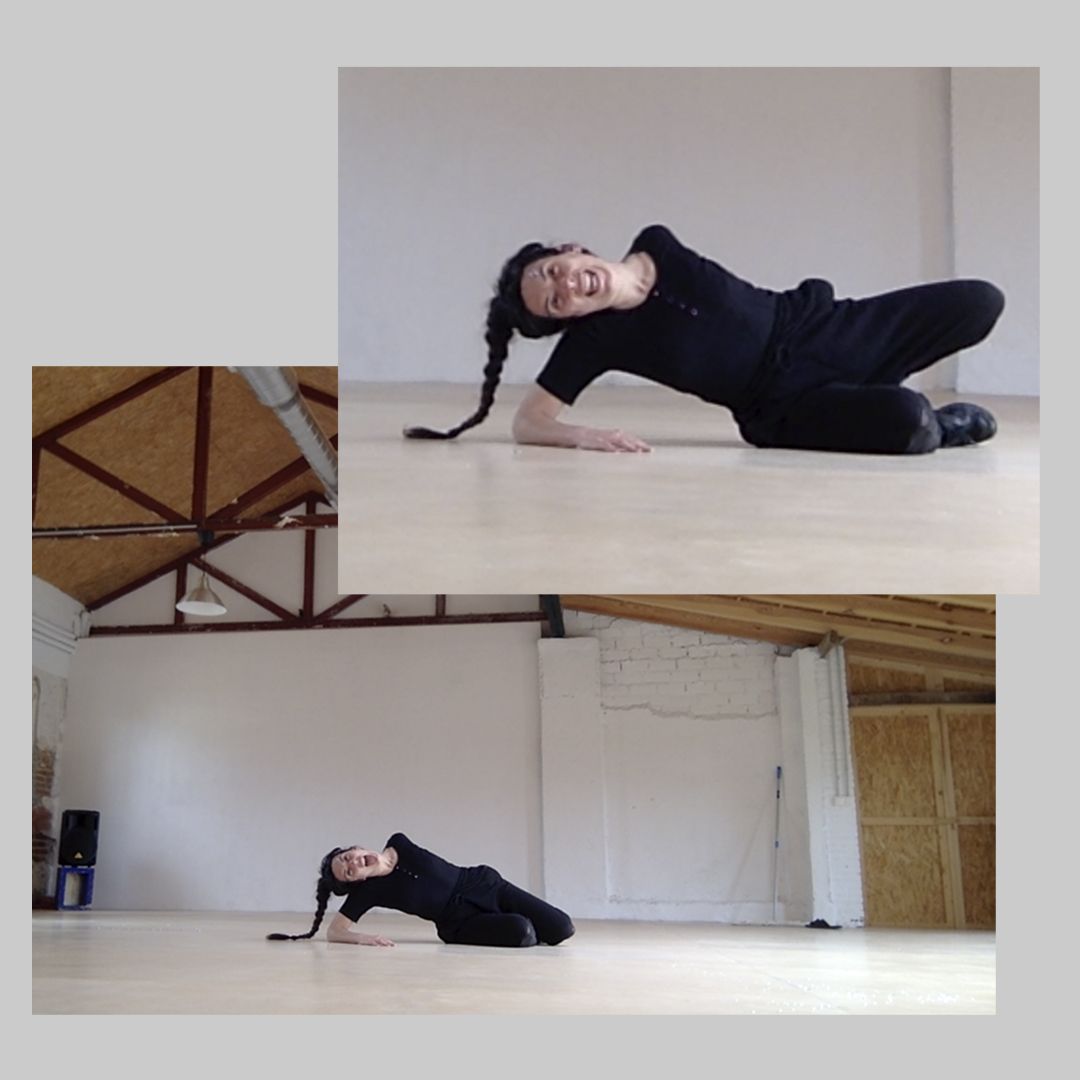


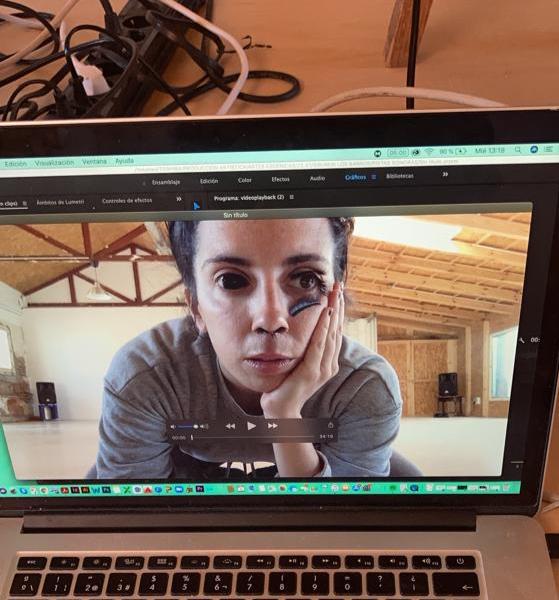


SIBI BICHI RISKY/NATRIX HYMNAL
WORK IN PROGRES
Advisors: Ángela Millano, Óscar H.Tristancho
Support: La Caldera, Los Barros, La Nave.
Thanks: Elena Córdoba, Óscar Dasi, Esther R.Barbero
2022-2024
thanatosis. roar. cave. bug. singing. catatonia. hissing. teratoma. waxy flexibility. sibylline. fear. slime. furby. head. fright. anomaly. bitch. horror film. dye. murmur. bird. eye. dream. disorientation. deep. church. death. butt. abyssal bottom.
SIBI·BICHI·RISKY / Natrix Hymnal is a long-term project that delves into the archetypes of Iberian popular culture and tradition that inhabit, make and survive from the sibylline. This is understood as a mysterious attitude, layered with dark and stealthy movements, unpredictable and sneaky. The research has also taken on a formal body in which the codes of representation of concepts such as the eerie, the terrifying or the monstrous are put into crisis.
SIBI·BICHI·RISKY / Natrix Hymnal, works as a scenic piece that moves between the choreographic, the environmental and the plasticity, articulated along two axis:
- A research based on the archetypes of Iberian popular culture, which, from the darkness of the sibylline, DO, THINK and FEEL. One of the motives to demonstrate why it is important to transfer and nourish the sibylline body, is to create fictions based on my own socio-cultural shadows that promote other ways of thinking, being and other possible bodies. Indeed, how anomalous shadows as a strange exteriority could break our hegemonic schemes of experience and knowledge?
- From the point of view of the aestheticization of the sibylline, it is my intention to put into crisis the literalism of the representational codes used by fiction in dealing with the sibylline, to bring into play the formalization of concepts as darkness, evil, eeire, terrifying or monstrosity. All this constellation of concepts, immanent in the sibylline, generates in the observer/interlocutor a series of weird and eerie feelings. As Amy Ireland would say re-reading Mark Fisher’s essay The Weird and the Eeire, the weird is related to ‘that which does not belong’ — bringing ‘to the familiar something which ordinarily lies beyond it, and which cannot be reconciled’ and the eerie describes the absence of a purposive agent where there should be one, just as much as the presence of a purposive agent where there shouldn't be one. ‘The eerie is fundamentally tied up with questions of agency’— an intrusion of alien outsideness —.
Advisors: Ángela Millano, Óscar H.Tristancho
Support: La Caldera, Los Barros, La Nave.
Thanks: Elena Córdoba, Óscar Dasi, Esther R.Barbero
2022-2024
thanatosis. roar. cave. bug. singing. catatonia. hissing. teratoma. waxy flexibility. sibylline. fear. slime. furby. head. fright. anomaly. bitch. horror film. dye. murmur. bird. eye. dream. disorientation. deep. church. death. butt. abyssal bottom.
SIBI·BICHI·RISKY / Natrix Hymnal is a long-term project that delves into the archetypes of Iberian popular culture and tradition that inhabit, make and survive from the sibylline. This is understood as a mysterious attitude, layered with dark and stealthy movements, unpredictable and sneaky. The research has also taken on a formal body in which the codes of representation of concepts such as the eerie, the terrifying or the monstrous are put into crisis.
SIBI·BICHI·RISKY / Natrix Hymnal, works as a scenic piece that moves between the choreographic, the environmental and the plasticity, articulated along two axis:
- A research based on the archetypes of Iberian popular culture, which, from the darkness of the sibylline, DO, THINK and FEEL. One of the motives to demonstrate why it is important to transfer and nourish the sibylline body, is to create fictions based on my own socio-cultural shadows that promote other ways of thinking, being and other possible bodies. Indeed, how anomalous shadows as a strange exteriority could break our hegemonic schemes of experience and knowledge?
- From the point of view of the aestheticization of the sibylline, it is my intention to put into crisis the literalism of the representational codes used by fiction in dealing with the sibylline, to bring into play the formalization of concepts as darkness, evil, eeire, terrifying or monstrosity. All this constellation of concepts, immanent in the sibylline, generates in the observer/interlocutor a series of weird and eerie feelings. As Amy Ireland would say re-reading Mark Fisher’s essay The Weird and the Eeire, the weird is related to ‘that which does not belong’ — bringing ‘to the familiar something which ordinarily lies beyond it, and which cannot be reconciled’ and the eerie describes the absence of a purposive agent where there should be one, just as much as the presence of a purposive agent where there shouldn't be one. ‘The eerie is fundamentally tied up with questions of agency’— an intrusion of alien outsideness —.
- From the point of view of the aestheticization of the sibylline, it is my intention to put into crisis the literalism of the representational codes used by fiction in dealing with the sibylline, to bring into play the formalization of concepts as darkness, evil, eeire, terrifying or monstrosity. All this constellation of concepts, immanent in the sibylline, generates in the observer/interlocutor a series of weird and eerie feelings. As Amy Ireland would say re-reading Mark Fisher’s essay The Weird and the Eeire, the weird is related to ‘that which does not belong’ — bringing ‘to the familiar something which ordinarily lies beyond it, and which cannot be reconciled’ and the eerie describes the absence of a purposive agent where there should be one, just as much as the presence of a purposive agent where there shouldn't be one. ‘The eerie is fundamentally tied up with questions of agency’— an intrusion of alien outsideness —.